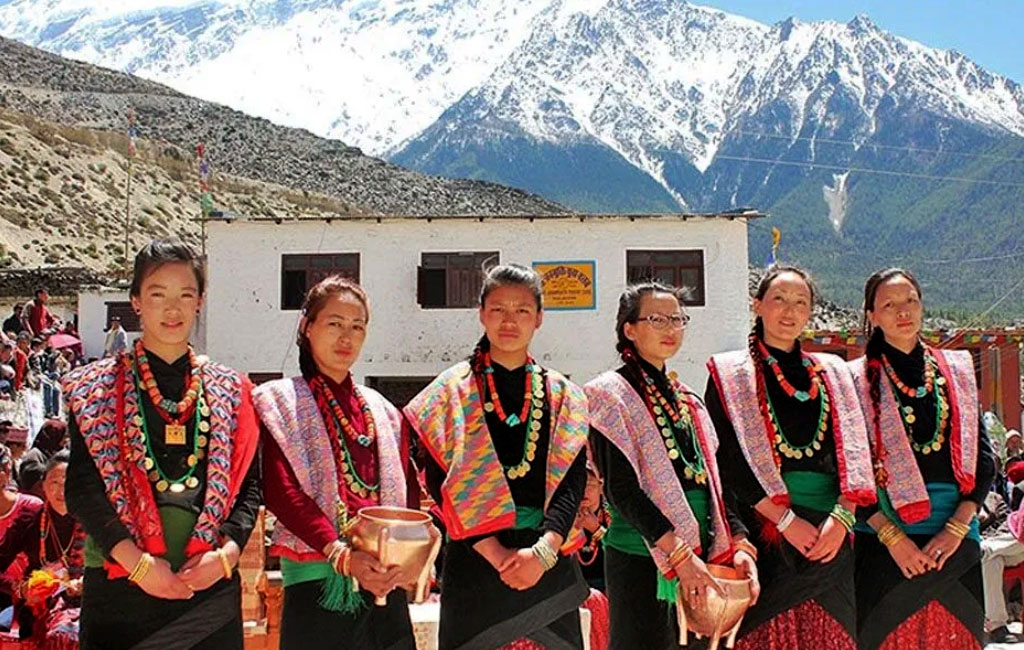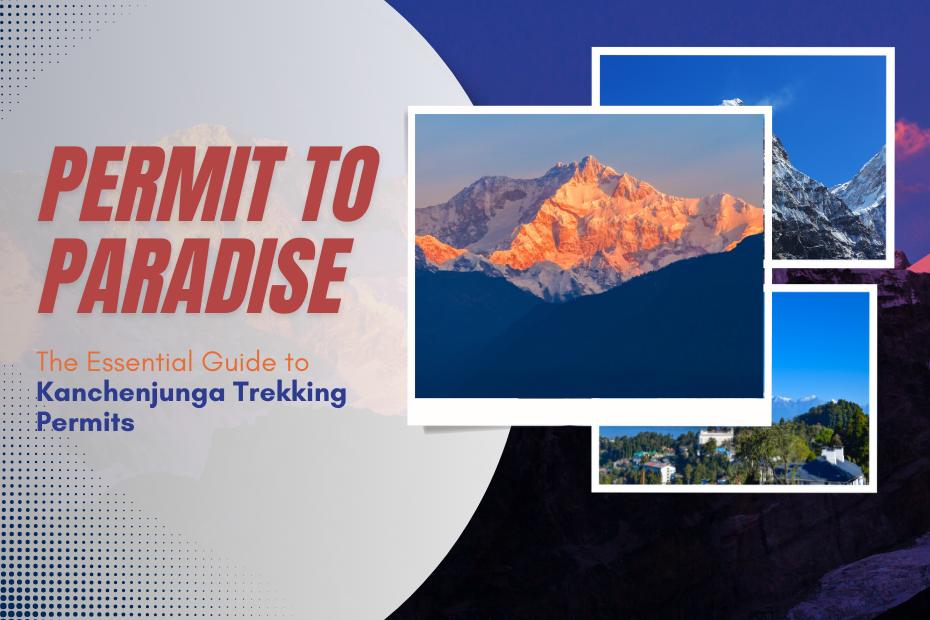
Cultural Insights of the Annapurna
Cultural Insights of the Annapurna Region
The Annapurna region is not only known for its breathtaking mountain scenery but also for its rich cultural diversity. As you trek through this beautiful part of Nepal, you'll pass through remote villages inhabited by ethnic groups with unique traditions, languages, and lifestyles that have been preserved for generations.
One of the most prominent communities in the Annapurna region is the Gurung people. Known for their warm hospitality and strong cultural identity, the Gurungs are traditionally farmers and herders, with a deep connection to the land. Many Gurung villages like Ghandruk and Chhomrong offer visitors a glimpse into their traditional homes, Buddhist monasteries, and cultural museums. They are also known for their contribution to the British Gurkha army, and you may see memorials or hear stories of their bravery from locals.
Another significant group is the Thakali, especially prominent in areas like Marpha, Jomsom, and Tukuche. The Thakali are admired for their entrepreneurship and well-maintained, clean villages. Their cuisine is also well-known throughout Nepal, with delicious dishes like apple brandy, dried meats, and Thakali-style dal bhat. Their Buddhist beliefs are reflected in local monasteries, prayer flags, and mani walls along the trails.
As you climb higher, especially beyond Manang, you begin to encounter Tibetan-influenced Buddhist cultures. This area has strong links to the ancient salt trade route to Tibet, and many residents here have Tibetan ancestry. You'll find Buddhist chortens, spinning prayer wheels, and yak herders wearing traditional clothing. The spiritual atmosphere in these highlands adds a sacred dimension to the journey, especially near the revered Muktinath Temple, a pilgrimage site for both Hindus and Buddhists.
Festivals are another fascinating aspect of the culture in Annapurna. Local communities celebrate Dashain, Tihar, Losar (Tibetan New Year), and other regional events with music, dance, and rituals. These occasions offer trekkers a chance to experience the joy, color, and community spirit of the Himalayas.
Interacting respectfully with local people, supporting homestays and local teahouses, and learning a few basic Nepali or local words can deepen your cultural experience. Trekking through Annapurna is not just a physical journey, but also a journey through centuries of living heritage.



